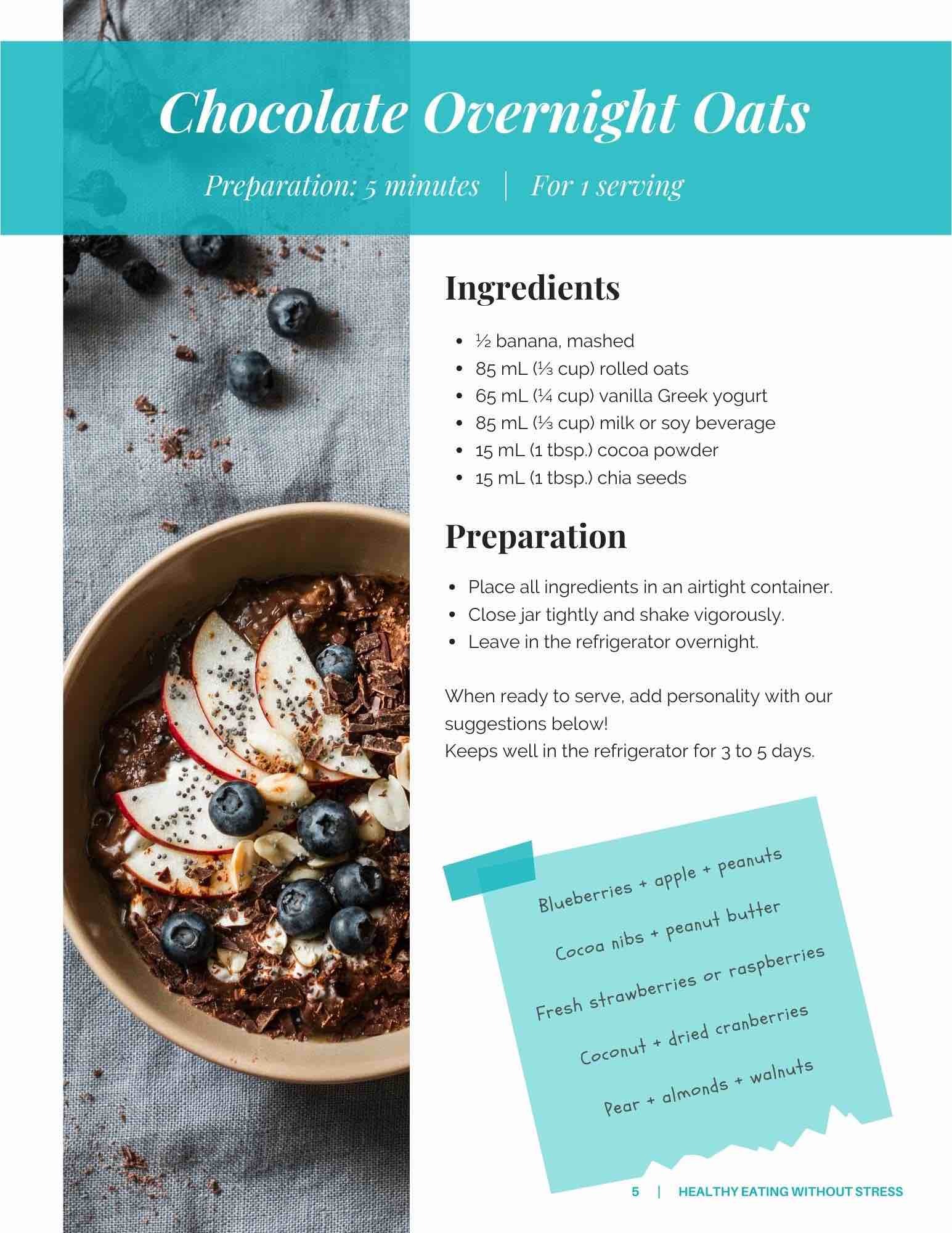
This is the key message to remember for developing healthy eating behaviours and relationships from childhood.
As a parent, let your child decide how much food to eat and offer foods of good nutritional quality for optimal growth and development. It is also important to establish the notion of pleasure in eating and to enjoy meals in a friendly and relaxed atmosphere.
What to do if your child is not hungry at mealtimes?
1- Never force a child to eat when he is not hungry. Listen to your child’s needs and respect his appetite. If your child doesn’t want to eat, leave his plate on the table for twenty to thirty minutes and if he hasn’t touched it, pick it up without criticism, looks or derogatory speech.
2- Do not use food as a tool. Words such as ‘eat your vegetables or ‘finish your plate and you’ll have dessert’’ are not good words to say to children for them to develop a healthy relationship with food.
3- Don’t congratulate your child with food Your child will be more likely to associate food with comfort or reward if you give food every time there is a problem or celebration.
4- There are no good or bad foods, all foods are complementary
Look at the frequency and portions of certain foods. Chips, cakes and candies are part of our environment and adopting an unhealthy attitude with them will be transmitted to your child. Set a good example by advocating moderation, not prohibition. It is the overall balance that counts, not the exception.
Here are a few tips to better understand your little eater…
1- Talk about it with them Why isn’t he hungry in the morning? Is it a matter of food aversions? Does he eat too much in the evening? Does he drink too much fluid before a meal? Or perhaps his hunger signals simply don’t rise until later in the morning? It is important to be flexible and listen to your child’s needs. This will help your child develop healthy eating habits.
2-Offer them a nutritious snack to go, such as a banana and yogurt, a homemade muffin and milk, dried fruit and nuts, hummus and raw vegetables, etc.
3- You can also offer your child nutritious smoothies. Just let your imagination run wild by mixing fruit with a little 100% pure juice and yogurt, milk or soft tofu. Ask your child for his favourite colour or fruit and serve it in a take-out bottle that he can enjoy as soon as he gets hungry.
In conclusion, be a good role model and offer a wide variety of foods to your child and finally, have a balanced attitude towards your body so that you don’t pass on your concerns. Have fun sharing meals as a family, not in front of a screen or reading a book.
This approach will show your child that it is a good time to discuss various subjects and thus promote a good cohesion between family members. The eating habits learned in childhood remain for life and influence the relationship your child will have with food later on.






